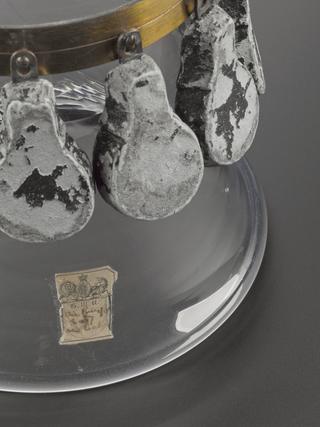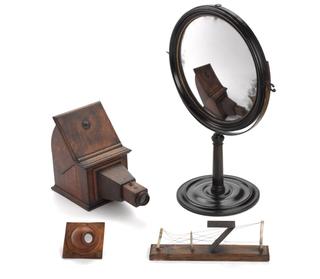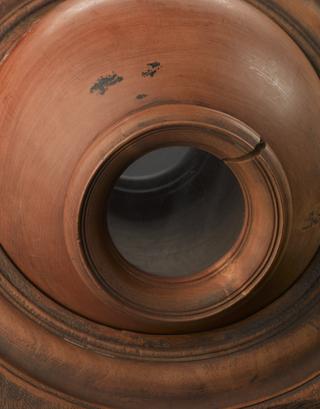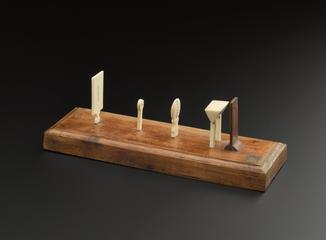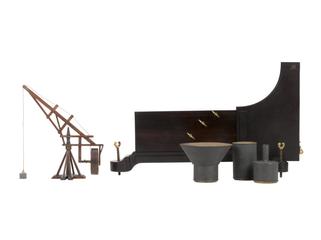
Epicycloidal levers
- maker:
- George Adams






Cycloidal wheel and axis and epicycloidal teeth
Cycloidal wheel and axis, and epicycloidal teeth, 1762. The epicycloid, a curve drawn by a point on a circle rolling around another circle, was discovered in the 17th century. A lever or wheel with teeth this shape, was balanced against straight levers or a wheel with straight teeth. Whatever the length of the levers they always balanced because the changing angle of the epicycloidal lever or tooth compensated for the change in length. These levers were made by George Adams of Fleet Street for King George III.
Details
- Category:
- King George III
- Object Number:
- 1927-1850
- Measurements:
-
overall: 550 mm x 200 mm x 175 mm, 2.34 kg
- type:
- levers and epicycloidal levers
- copyright:
- Unlinked Name
- credit:
- King's College, London
